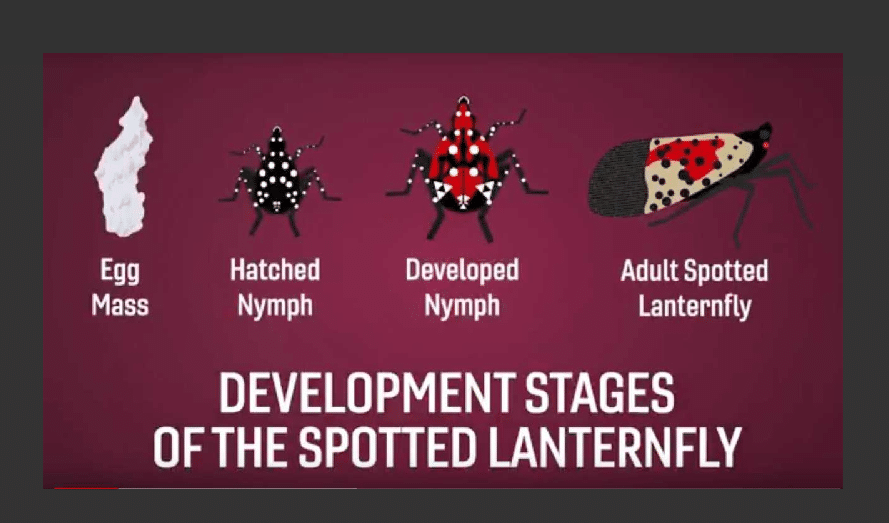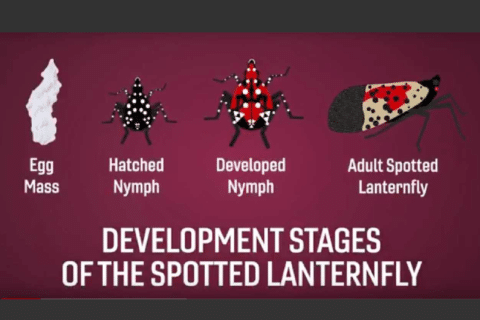Virginia residents who haven’t yet purchased a Christmas tree, especially those in Loudoun County, are being advised to shop local.
That’s because trees in that area have yet to be invaded by the spotted lanternfly, some of which may have laid eggs on trees grown in nearby parts of Maryland and Virginia.
If you’ve already purchased a tree, there’s a warning to inspect the trunk for lanternfly eggs.
The nonnative insect has been discovered in nearby states including West Virginia, Pennsylvania, New Jersey, Maryland, Delaware and New York. They’ve also been spotted two counties in Virginia.
Efforts have been underway in the region to contain the insect to Cecil and Harford counties in Maryland, and in Frederick and Clark Counties in Virginia.
The good news is since it’s colder, adult flies won’t be a problem. They die when winter starts. But the eggs are covered in a waxy substance that protects them through the winter. Garden experts say they could be hiding on that needled symbol of holiday joy: your Christmas tree.

Spotted lanternfly eggs are usually found in masses on surfaces like tree trunks, and resemble jelly beans in shape. It’s typical to find about 30 to 40 eggs in rows covered by something that resembles waxy mud.
In an effort to thwart the bug’s spread, Loudoun County is asking residents who may have purchased Christmas trees from outside the county to examine the trunks for lanternfly eggs, and if any of them are discovered, to snap a photo and submit it using the Spotted Lanternfly report form.
“Then, destroy the eggs by scrapping the eggs into a baggie with alcohol,” said Beth Sastre, a horticulturist with the Virginia Cooperative Extension, Loudoun County in a news release.
Sastre also is encouraging residents to buy Christmas trees from growers within Loudoun County, because the spotted lanternfly hasn’t been detected there.
However, be sure you don’t destroy the eggs of a beneficial insect, the praying mantis. The mantis gobbles up unwanted bugs. Praying mantis eggs, which can also be found on trees, resemble spotted lanternfly eggs.
If mantis eggs are discovered, Sastre recommends taking them outside so they can hatch when the temperatures grow warmer.





